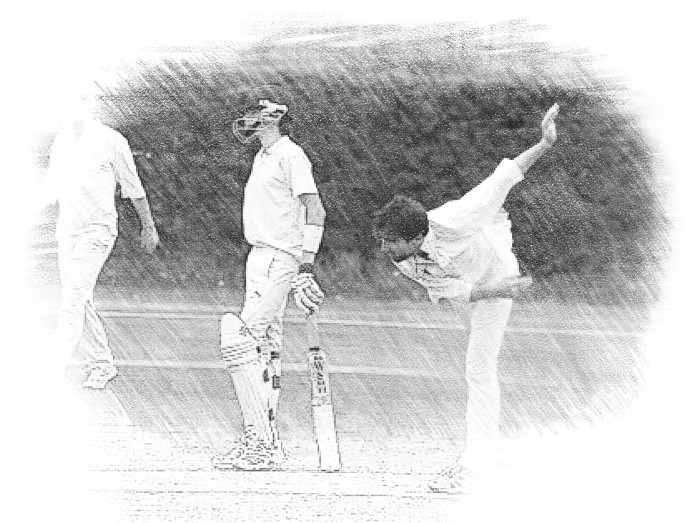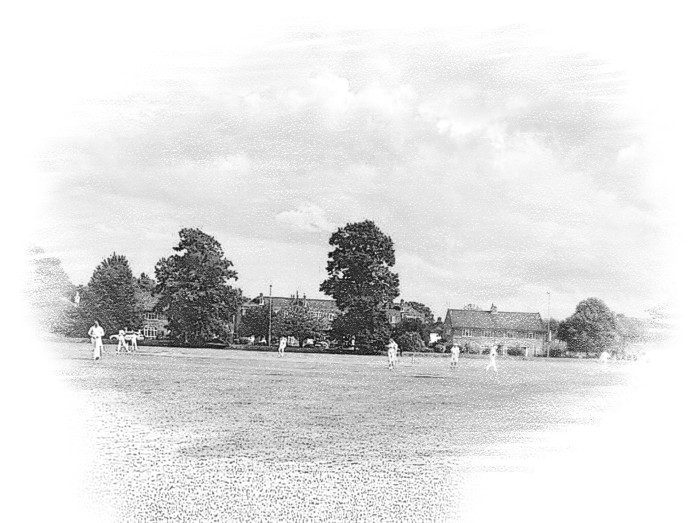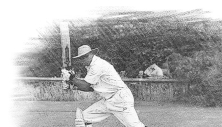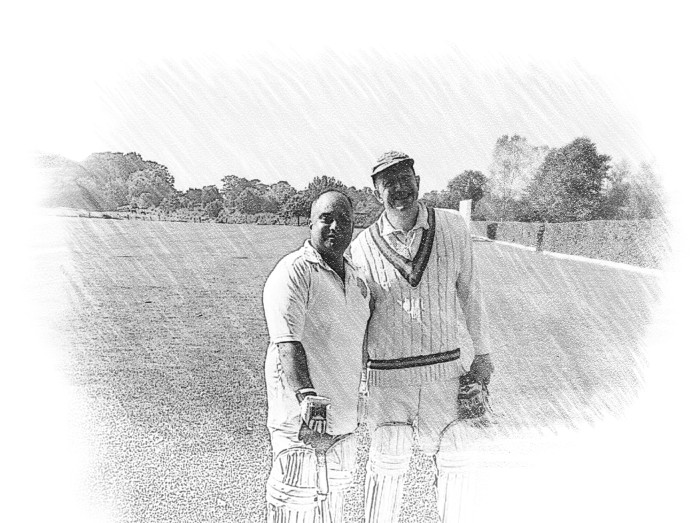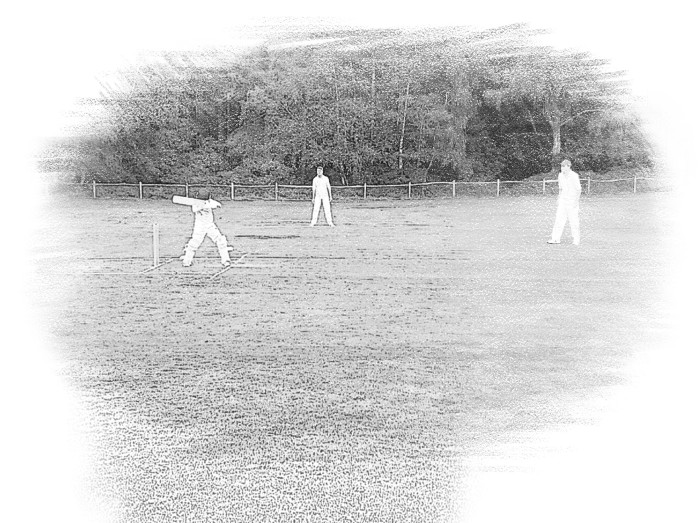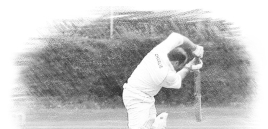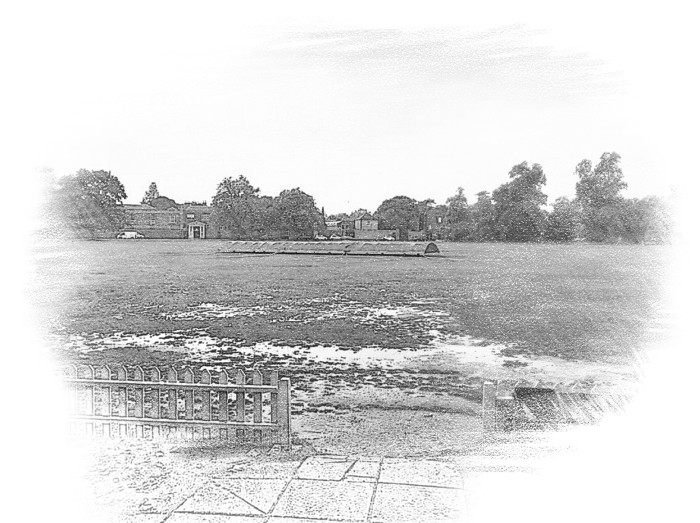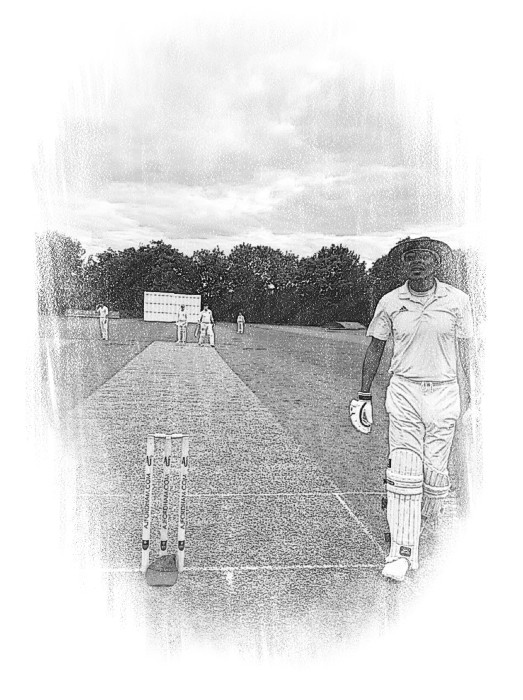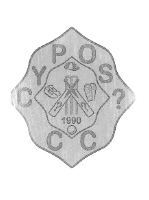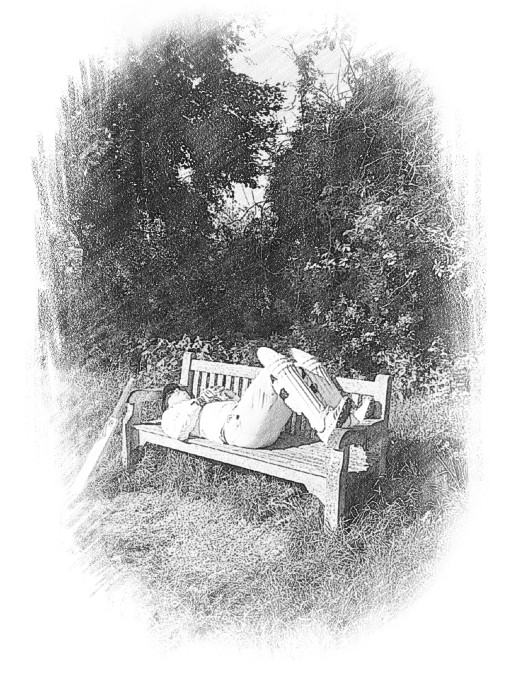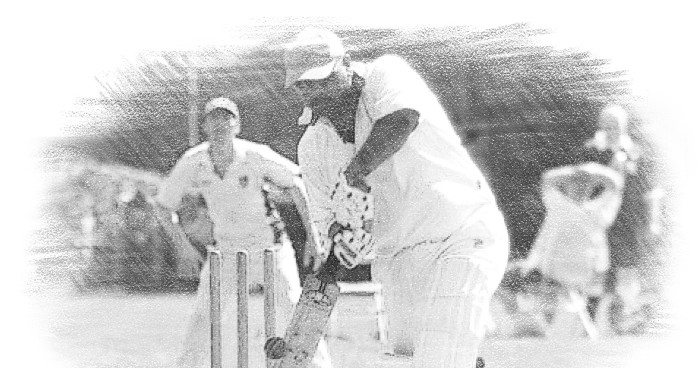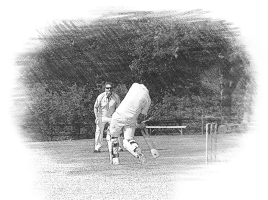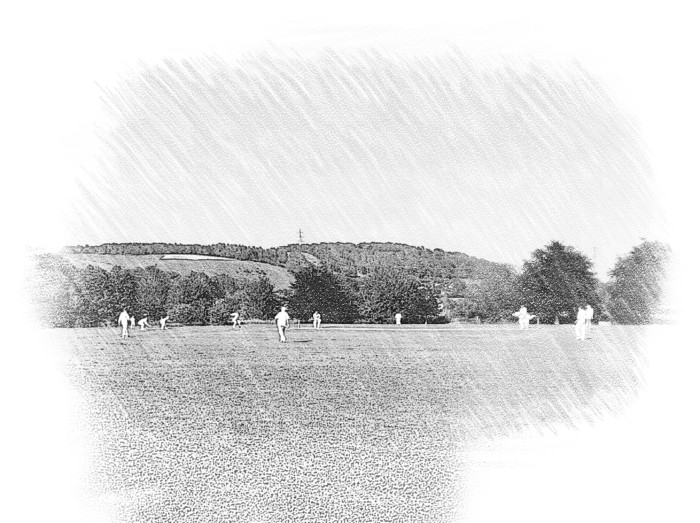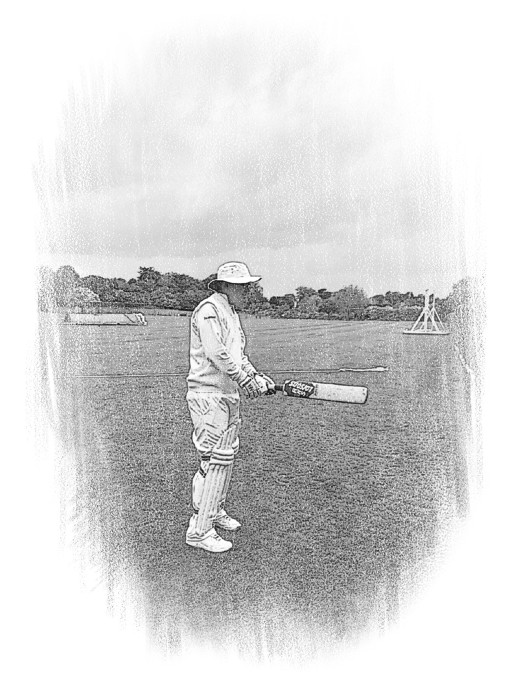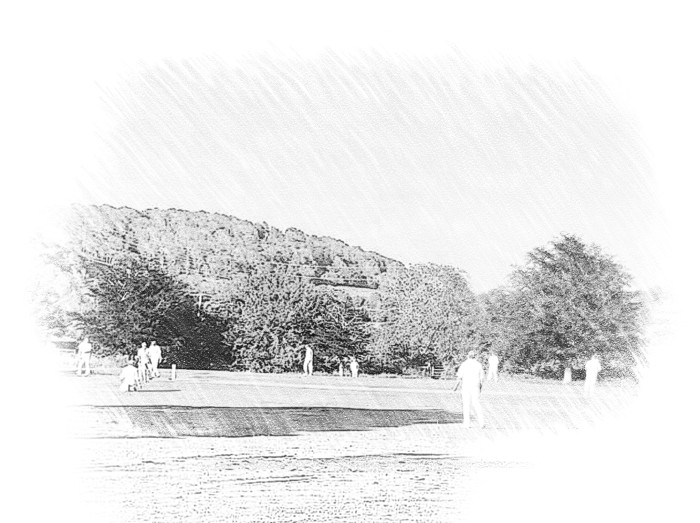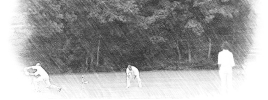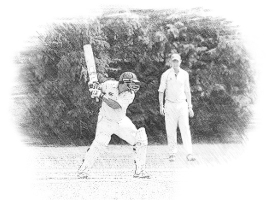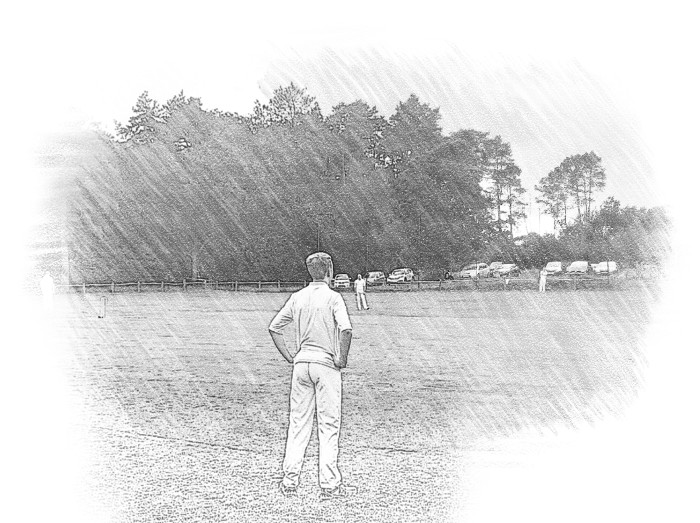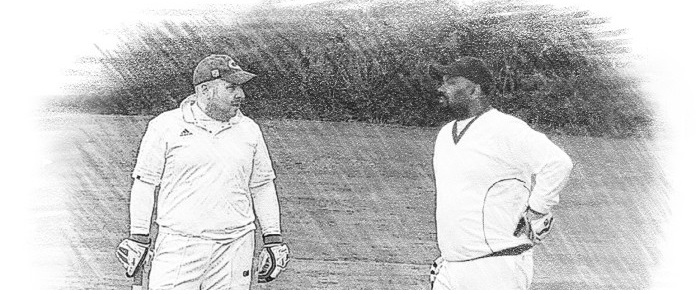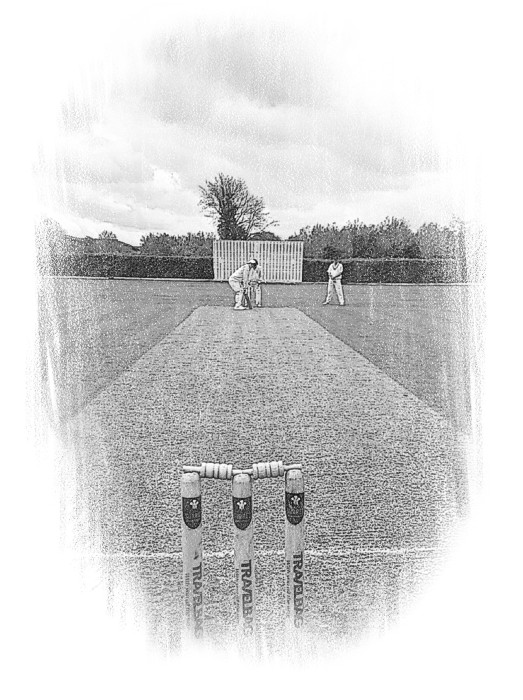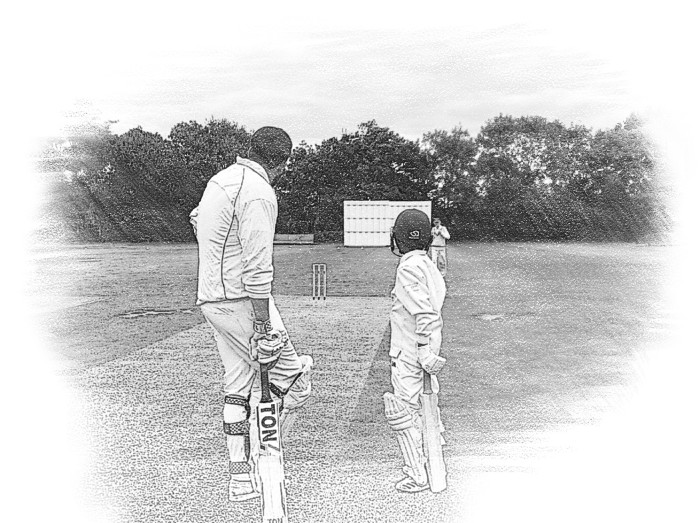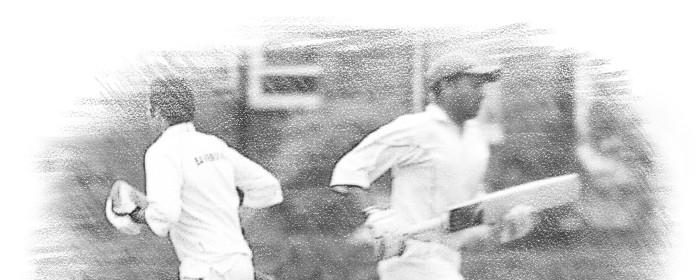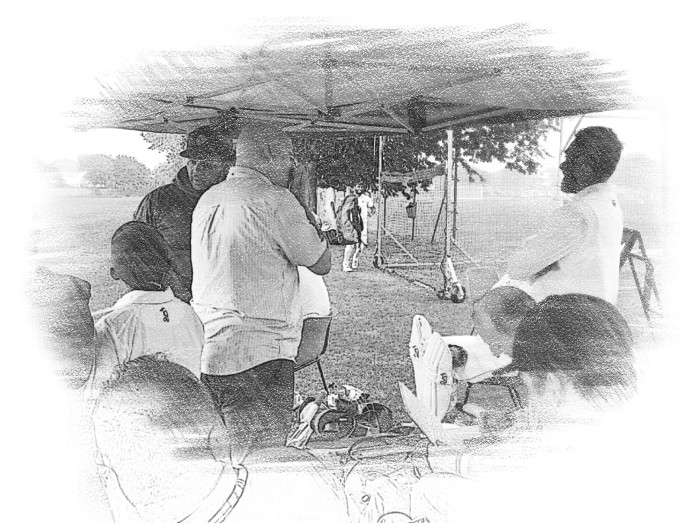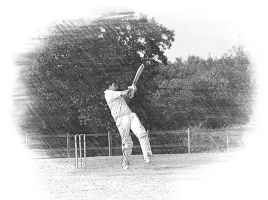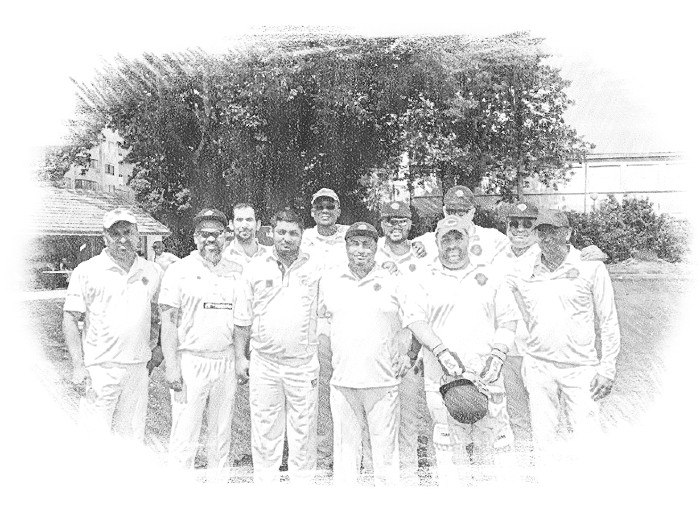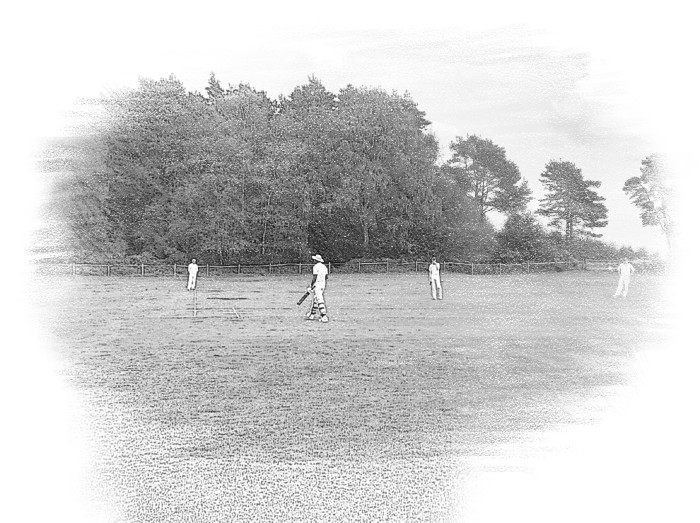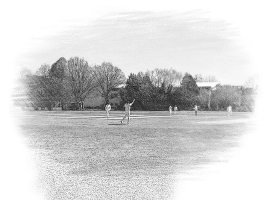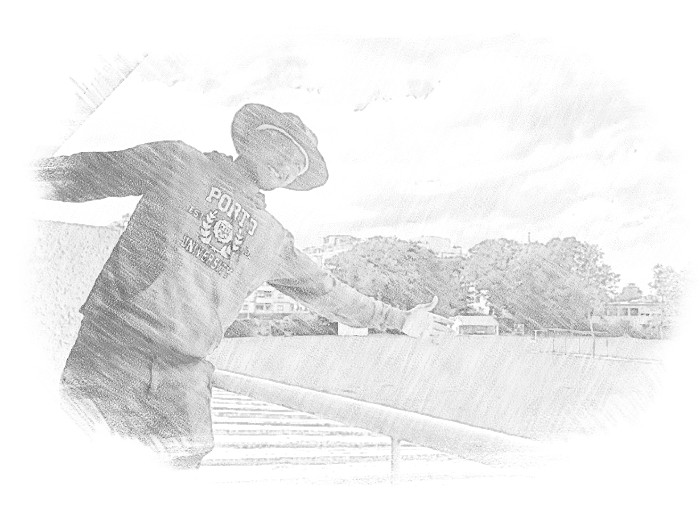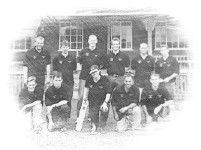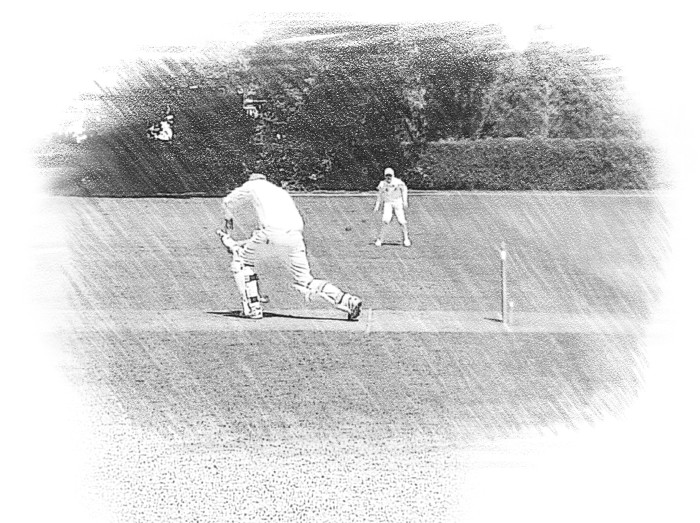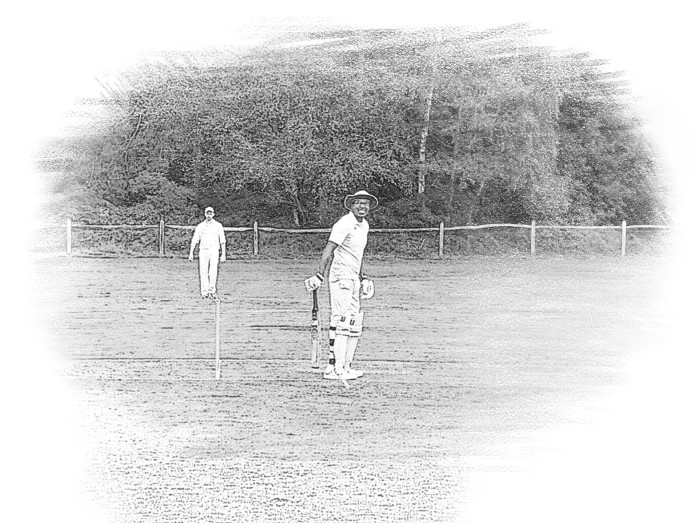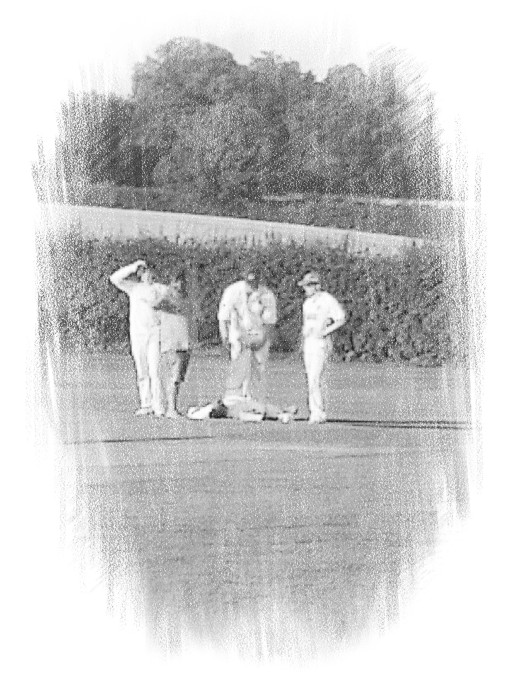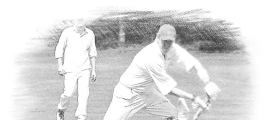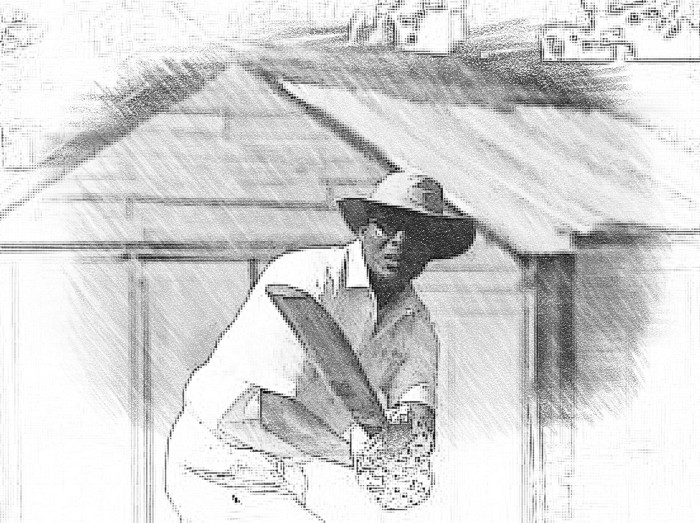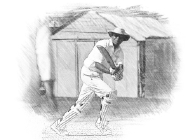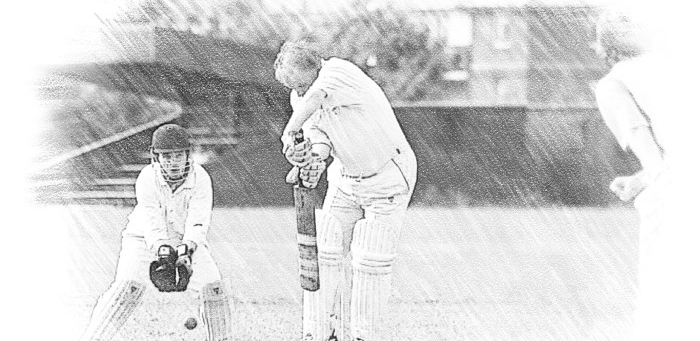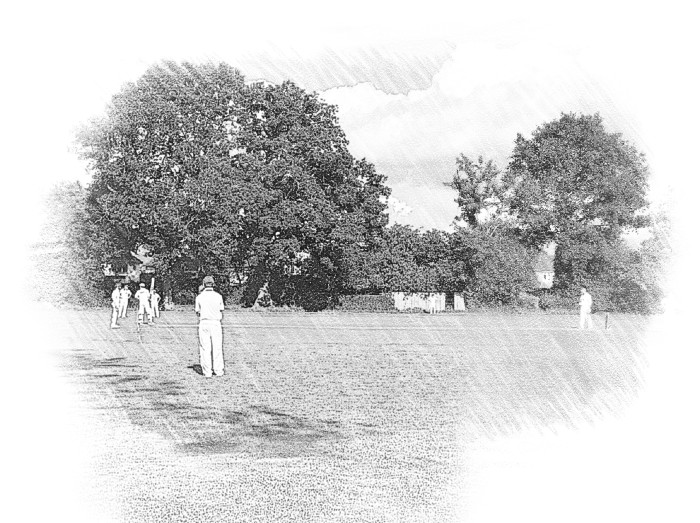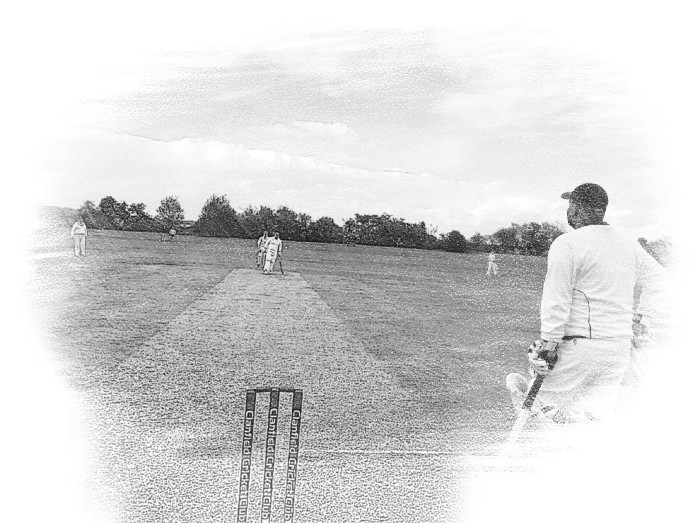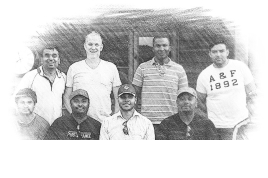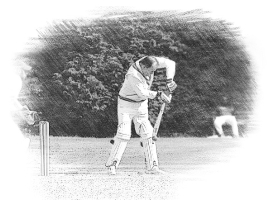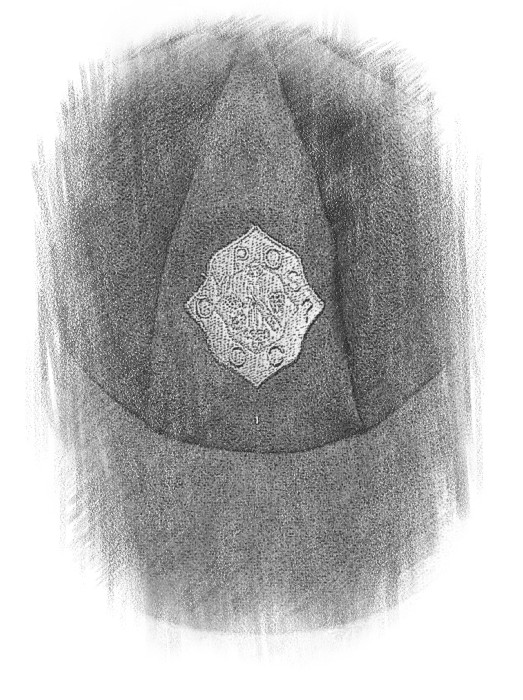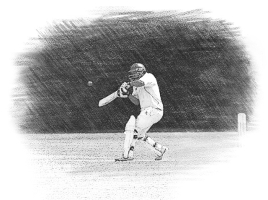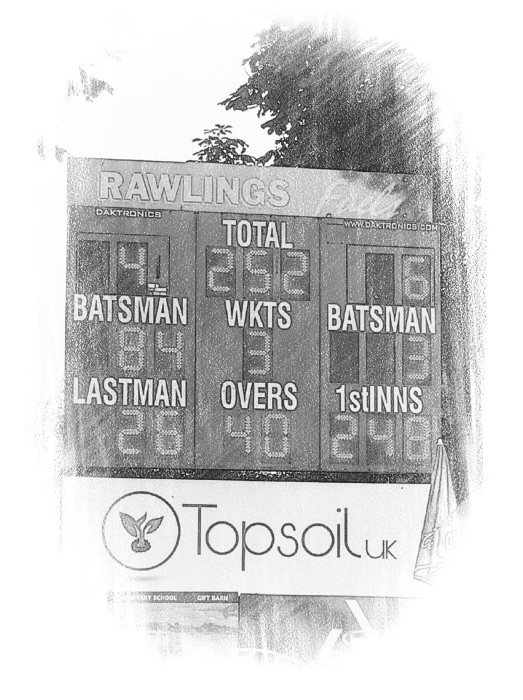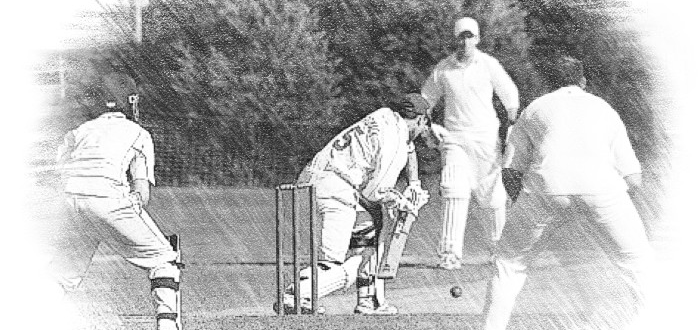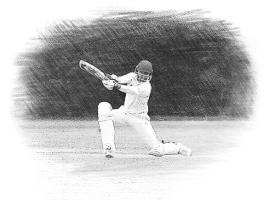 |
| Take Guard | Pick Up Length Early |
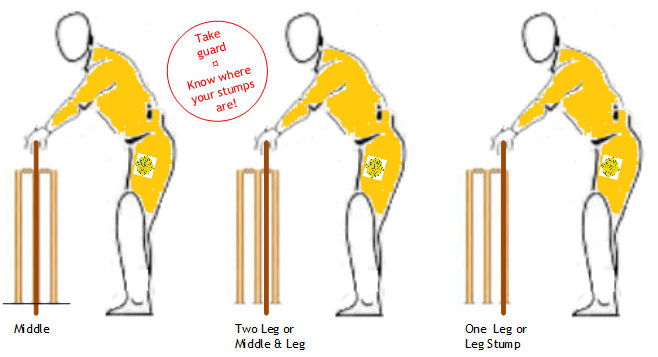 |
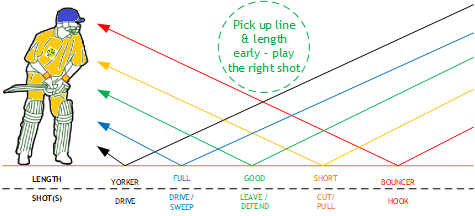 |
| A Short Guide to Scoring | The Laws of Cricket |
| Source: Cathy Rawson | Source: Marylebone Cricket Club |
| Guide to Field Placements | Umpire Signals |
| Source: https://cricketershub.com | Source: North Essex Cricket League |
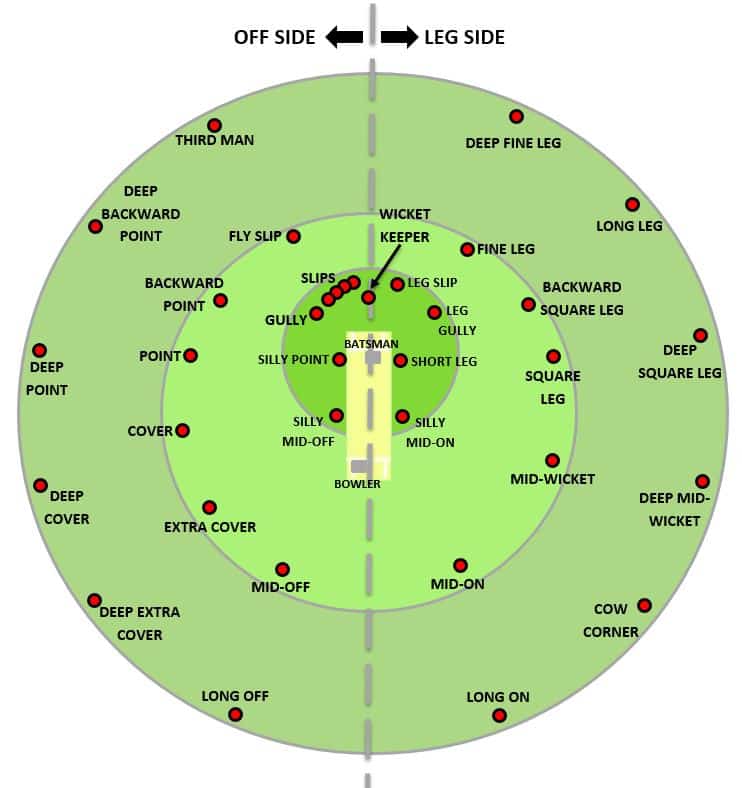 |
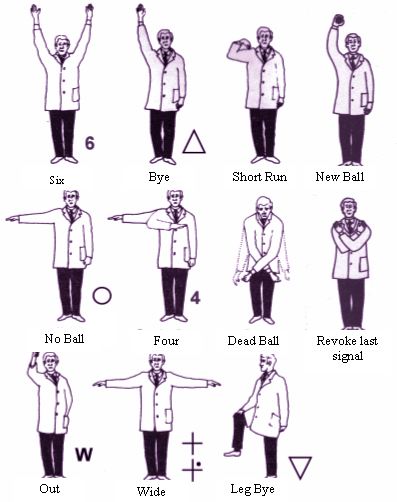 |
| Methods of Dismissal | |
| Bowled | If a bowler's legitimate (ie. not a No-ball) delivery hits the wicket and puts it down, the striker (the batsman facing the bowler) is out. The ball can either have struck the stumps directly, or have been deflected off the bat or body of the batsman. However, the batsman is not Bowled if the ball is touched by any other player or umpire before hitting the stumps. Bowled takes precedence over all other methods of dismissal. Meaning that, if a batsman could be given out both Bowled and also for another reason, then the other reason is disregarded, and the batsman is out Bowled. |
| Caught | If the batsman hits the ball, from a legitimate delivery (i.e. not a No-Ball), with the bat (or with the glove when the glove is in contact with the bat) and the ball is caught by the bowler or a fielder before it hits the ground, then the striker is out. The includes being caught in the slips OR "caught behind" which usually means it was causght by the wicket keeper. |
|
LBW (Leg Before Wicket) |
If a bowler's legitimate (i.e., not a No-ball) delivery strikes any part of the batsman (not necessarily the leg), without first touching the bat (or glove holding the bat), and, in the umpire's judgement, the ball would have hit the wicket but for this interception, then the striker is out. There are also further criteria that must be met, including where the ball pitched, whether the ball hit the batsman in line with the wickets, and whether the batsman was attempting to hit the ball. If the ball pitched outside of leg stump the batsman may NOT be given out even if the ball would have carried on to hit the stumps. |
| Run Out | A batsman is Run out if at any time while the ball is in play, the wicket in the ground closest to him is fairly put down by the opposing side while no part of the batsman's bat or body is grounded behind the popping crease. A run out can occur off a no-ball or a wide ball. A run out cannot occur if no fielder has touched the ball. As such, if a batsman plays a straight drive which breaks the non-striker's stumps whilst he is outside his crease, he is not out. However, if a fielder (usually the bowler, in this case) touches the ball at all before it breaks the stumps at the non-striker's end, then it is a run out, even if the fielder never has any control of the ball. If the stumps had been broken prior to the runout, then the opposition player should pickup a stump in the same hand that is holding the ball to dismiss the batsman. |
| Stumped | If the striker steps in front of the crease to play the ball, leaving no part of his body or the bat on the ground behind the crease, and the wicket-keeper is able to put down the wicket with the ball, then the striker is out. |
| Retired | If any batsman leaves the field of play without the Umpire's consent for any reason other than injury or incapacity, he may resume the innings only with the consent of the opposing captain. If he fails to resume his innings, he is out. For the purposes of calculating a batting average, retired out is considered a dismissal. |
| Hit the Ball Twice | If the batsman "hits" the ball twice, he is out. The first hit is the ball striking the batsman or his bat whilst the second hit is the batsman intentionally making separate contact with the ball, not necessarily with the bat (it is therefore possible to be out hitting the ball twice whilst not actually hitting the ball with the bat either time). The batsman is allowed to hit the ball a second time with his bat or body (but not a hand that is not in contact with the bat) if this is performed in order to stop the ball from hitting the stumps. |
| Hit Wicket | If the batsman dislodges his own stumps with his body or bat, while in the process of taking a shot or beginning his first run, then he is out. This law does not apply if he avoided a ball thrown back to the wicket by a fielder, or broke the wicket in avoiding a run out. |
| Obstructing the Field | If the batsman, by action or by words, obstructs or distracts the fielding side, then he is out. This encompasses the now obsolete method of dismissal - "handling the ball" |
| Timed Out | An incoming batsman is "timed out" if he willfully takes more than three minutes to be ready to face the next delivery (or be at the other end if not on strike). |

